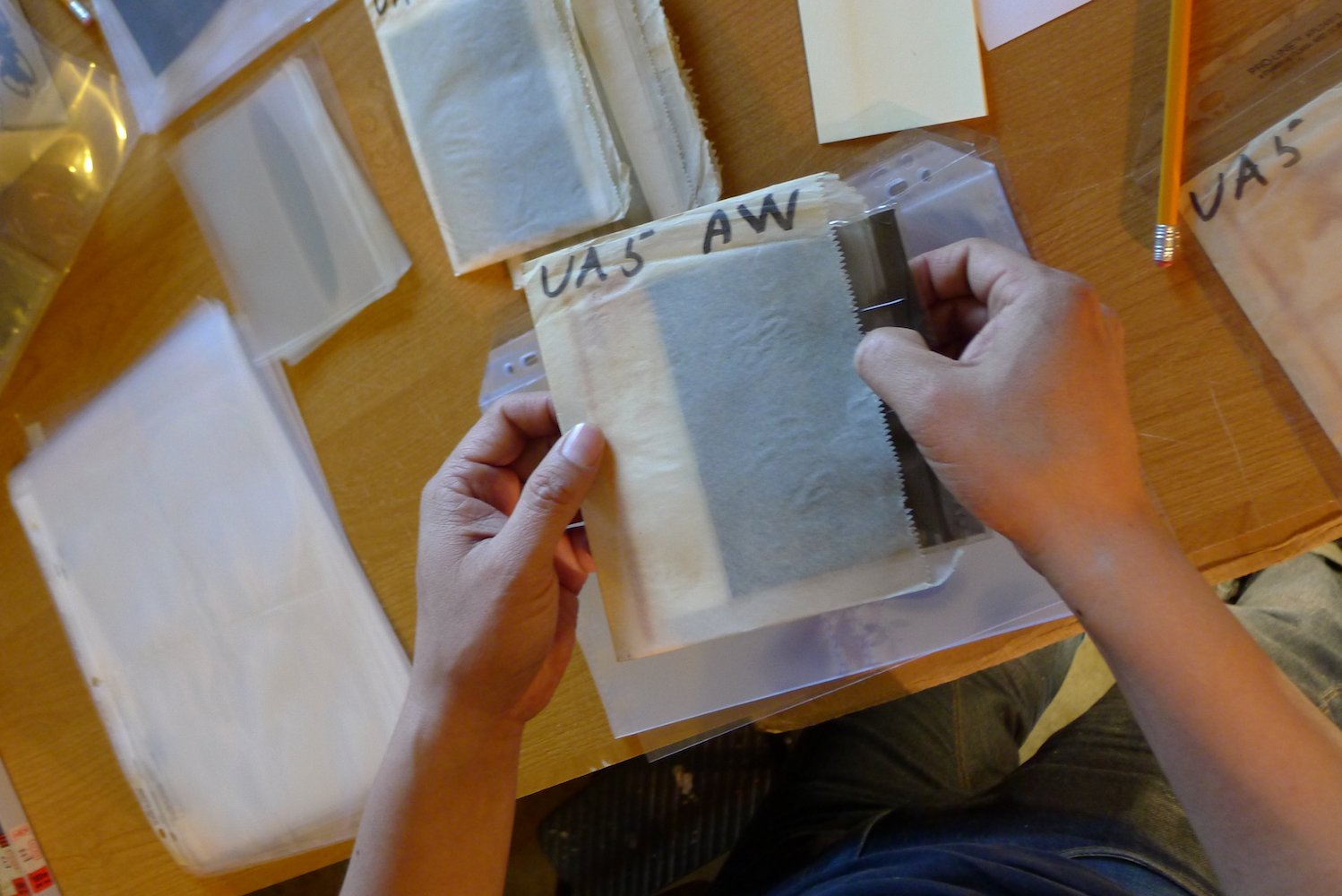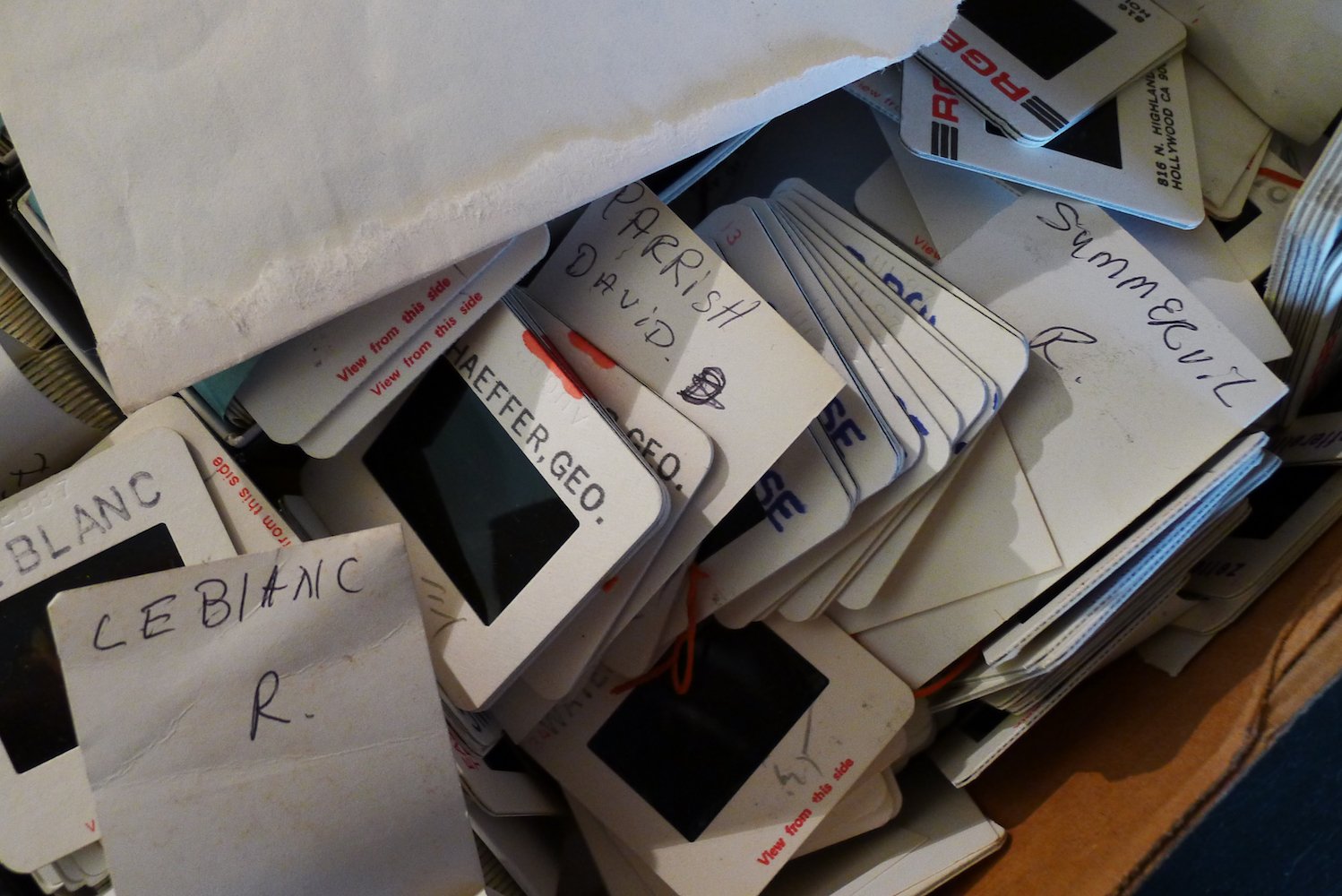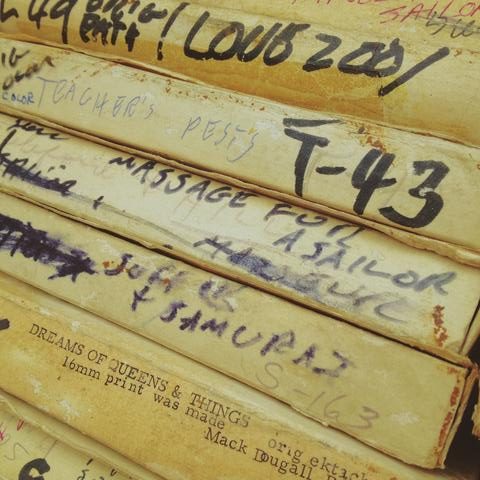ARCHIVING BOB MIZER'S LEGACY
THE WORLD'S LARGEST ARCHIVE OF WORK BY ONE PHOTOGRAPHER WAS ALMOST LOST FOREVER. BUT IT WASN'T. AND NOW WE HAVE TO ARCHIVE IT.

The bulk of photographer Bob Mizer's estate was unceremoniously thrown in the dumpster in 1992 after he died in Los Angeles. Fifty-year-old boxes of correspondence, studio props and personal artifacts from one of America’s most controversial artists are gone forever.
Luckily the core of his life's work, consisting of about one million photographic negatives and thousands of 16mm films and videotapes, survived this irresponsible action and was boxed up and locked in storage for the next decade.
Now that is where you come in. Together, we can get proper archival storage materials and save it!
SO WHO WAS BOB MIZER?
Bob Mizer’s mid 20th century photography helped shape the modern aesthetic and even some of the civil rights and censorship laws that we commonly take for granted today. Whether you know it or not, you have been affected by his work. His classic images of muscled young men are reflected in today's advertising campaigns, but in the 1940s, these types of photographs landed him in prison. Artists like David Hockney used his images as models for their own work. And many major Hollywood stars began their careers in Mizer’s studio including sword-n-sandal film star Ed Fury, Glenn Corbett of Route 66, Andy Warhol’s protege Joe Dallesandro, and even former governor of California Arnold Schwarzenegger.
This estate is truly an historic piece of vintage Americana. Mizer’s work has been written about in countless scholarly journals and books. His work mirrored our nation’s popular culture at the moment. Images of young hoodlums in leather jackets sneered while Marlon Brando and James Dean brawled on the big screen. Greek statues and Roman gladiators mimicked the ancient world as Charlton Heston reigned on the screen in Ben-Hur. It was kitschy and delicious, and it was almost all destroyed.
When Bob died at age 70, after shooting photographs nearly every day since he was 22, he left no responsible guardian and no plan for his material. He just left us. There was nobody present with enough power to look out for him after he died and take a serious look at what was happening to his life's work. The heir who ended up with his estate turned out to be only looking out for his own best interests, and began to think about selling off the photographic estate piecemeal for profit.
SO WHAT IS THE BOB MIZER FOUNDATION?
In 2003 through a series of fortunate mishaps, photographer and filmmaker Dennis Bell made the decision to keep it together and acquired the remainder of the estate from the storage locker. This happened just before it was slated to be completely split apart and sold off, forever removing this material from the public eye. He founded the non-profit Bob Mizer Foundation and became the new guardian of Mizer’s work.
He continued his mission by tracking down the important parts of the photographic archive such as 2500 videotapes which had been stored on a back porch in southern California, and thousands of films that were sitting on pallets in a hot warehouse and returned them back into the estate, which is now protected under the Foundation.
Fortunately, Bell found that some of the most precious artifacts and most historic negatives were saved from the wreckage as Bob’s home was being cleaned out by someone close to Bob. Recognizing their importance as true Americana, they were recently donated back to the estate, adding further depth into Mizer's past. This included early boyhood family photographs, critically important early negatives, Bob’s high school autograph book, and other irreplaceable ephemera.
Since 2003, Bell & the Foundation have overseen the careful organization and restoration of a portion of this material, and have released it back to the public in various forms. Proceeds from this endeavor have supplemented the archiving effort, but there is still a very long way to go.


